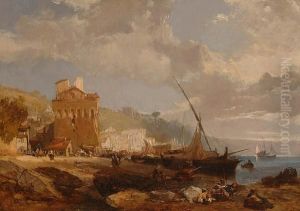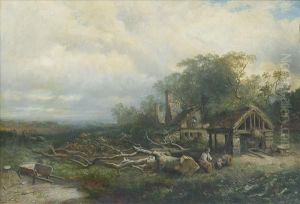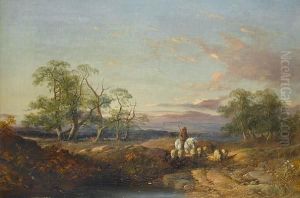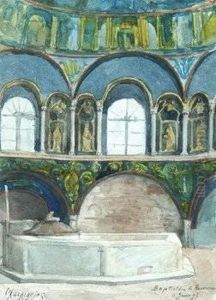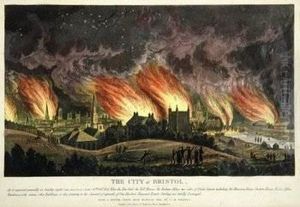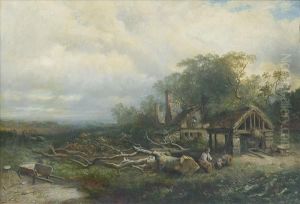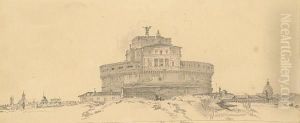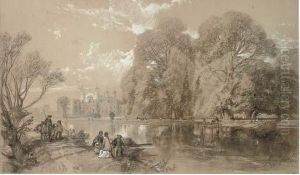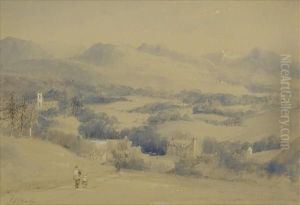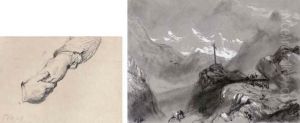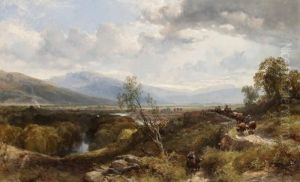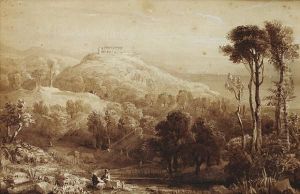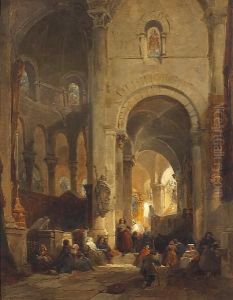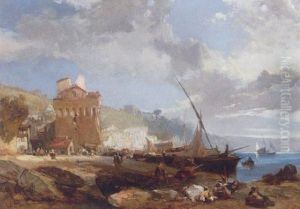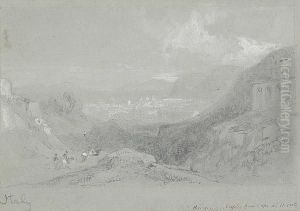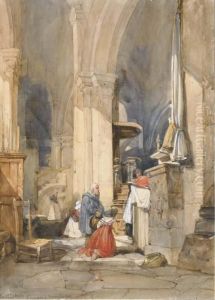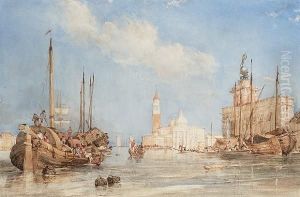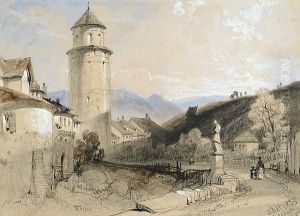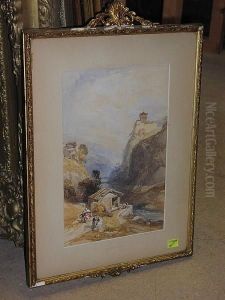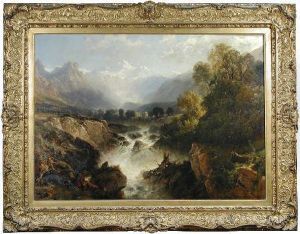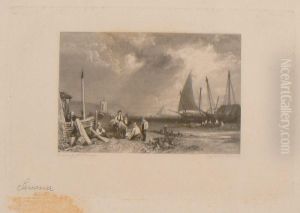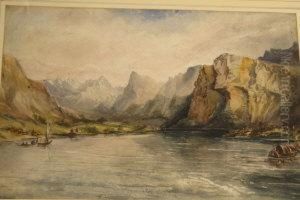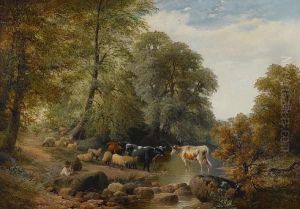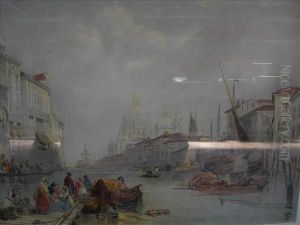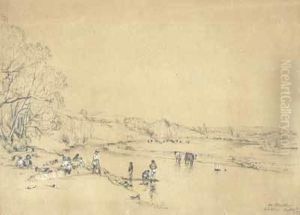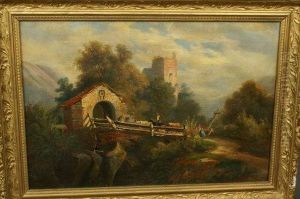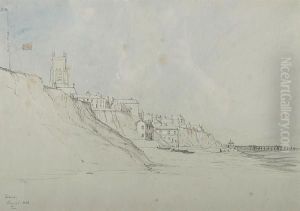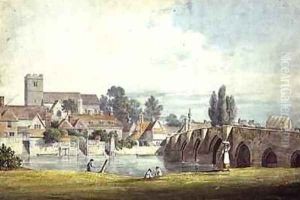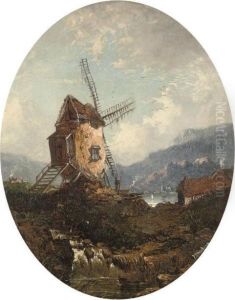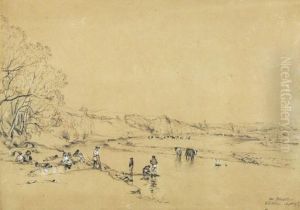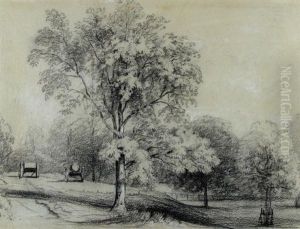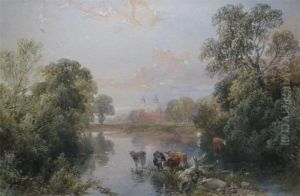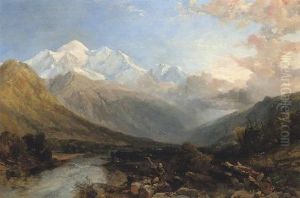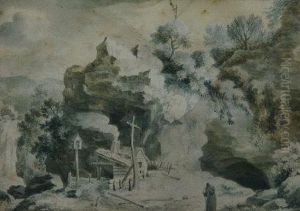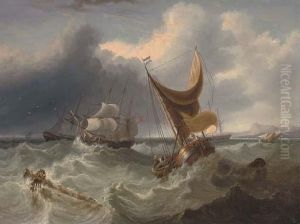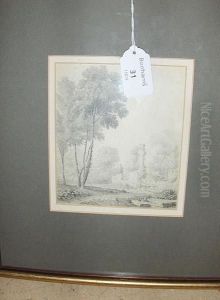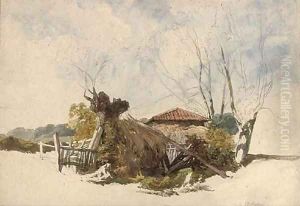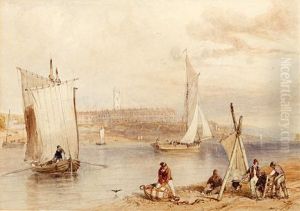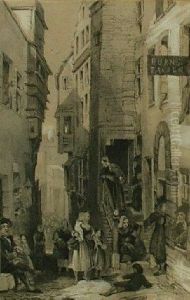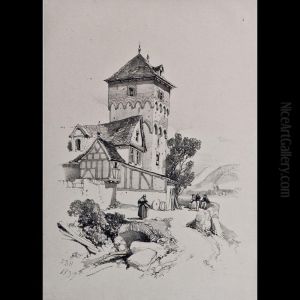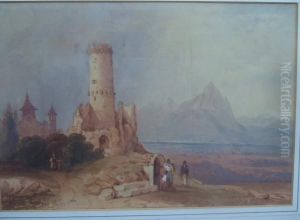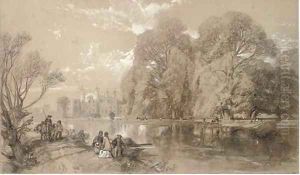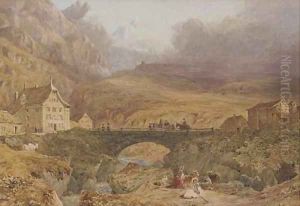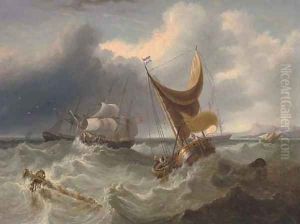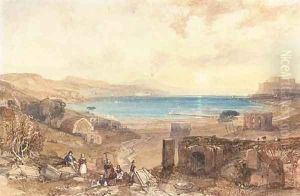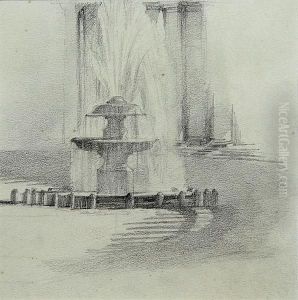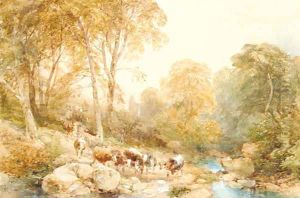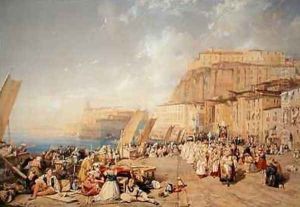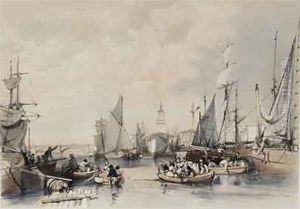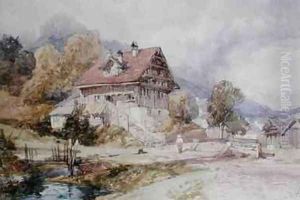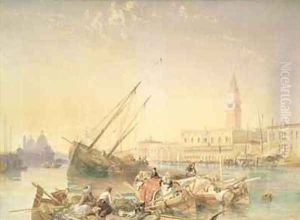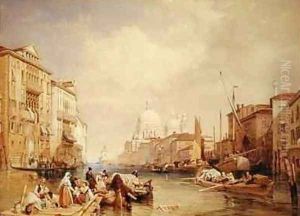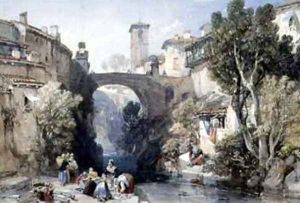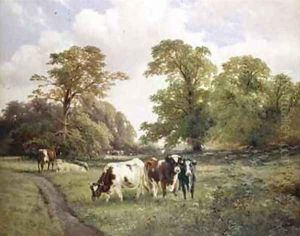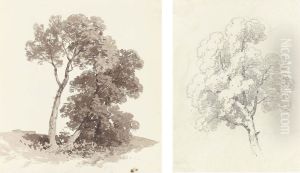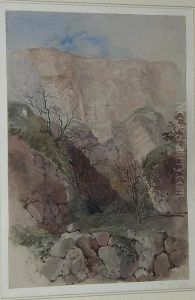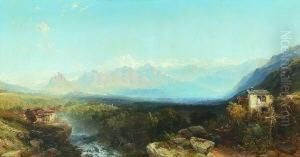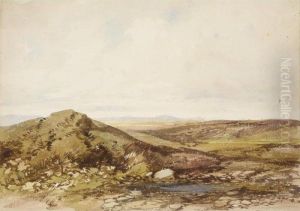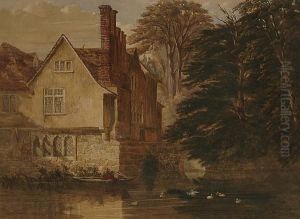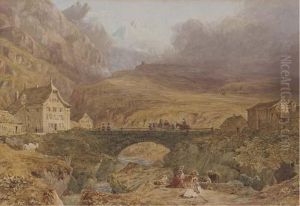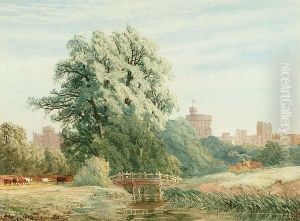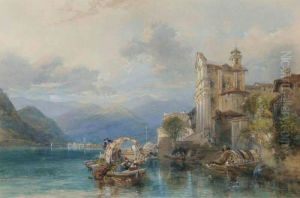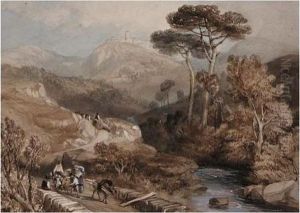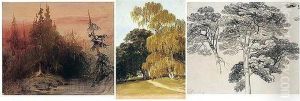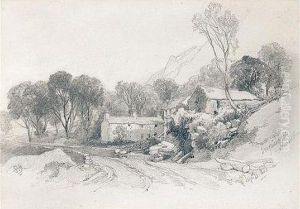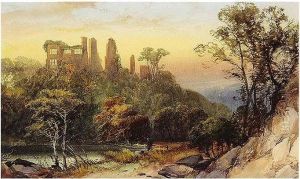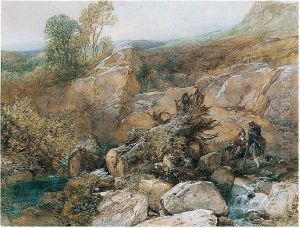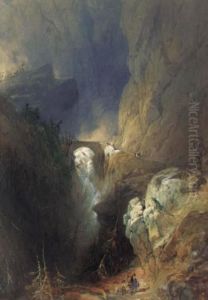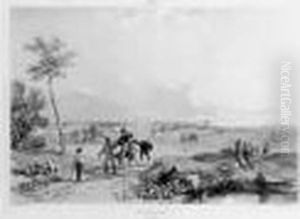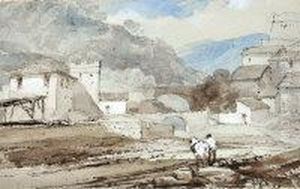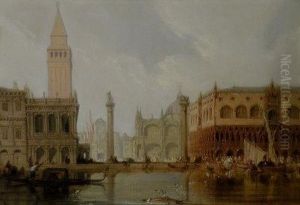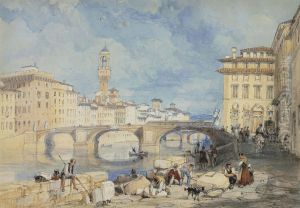James Duffield Harding Paintings
James Duffield Harding was an English landscape painter, lithographer, and author, who was born on December 1797 in Deptford, Kent, England. He was recognized for his works in watercolor and for being a prominent advocate and practitioner of lithography. Harding was the son of a drawing master and naval architect. He received his early artistic training from his father and later from Samuel Prout, a master in watercolor architectural subjects, who had a significant influence on Harding's style.
Harding's early works were architectural drawings, but he soon began to focus on landscape painting. His skills as a draftsman and his distinctive use of color and light made his landscape paintings widely admired. He traveled extensively throughout Britain and Europe, capturing the varied scenery and producing paintings and drawings that reflected his keen observation and artistic sensitivity.
In 1820, Harding began to exhibit at the Royal Academy and also showed his works at the Society of Painters in Water Colours. He was a prolific artist, and his paintings were in high demand during his lifetime. Apart from painting, Harding was also a successful lithographer, and he produced a number of lithographic albums that were well-received for their technical excellence and artistic quality.
Harding's contributions to the field of art education were significant. He published several influential books on drawing and painting techniques, including 'The Principles and Practice of Art' and 'Elementary Art, or the Use of the Lead Pencil Advocated and Explained.' These publications were used as textbooks in art education and were instrumental in spreading his ideas and methods.
As an art educator, Harding was ahead of his time, advocating for the importance of sketching from nature. He emphasized the study of the natural world as a foundation for artistic development, a principle that resonated with the emerging ethos of the Pre-Raphaelite Brotherhood, although he was not directly associated with the group.
James Duffield Harding passed away on December 4, 1863. His legacy continued through his teachings and publications, which influenced a generation of artists. Harding's work remains an important example of early 19th-century British landscape painting and lithography, and his contribution to art education has had a lasting impact on the practice and teaching of art.
